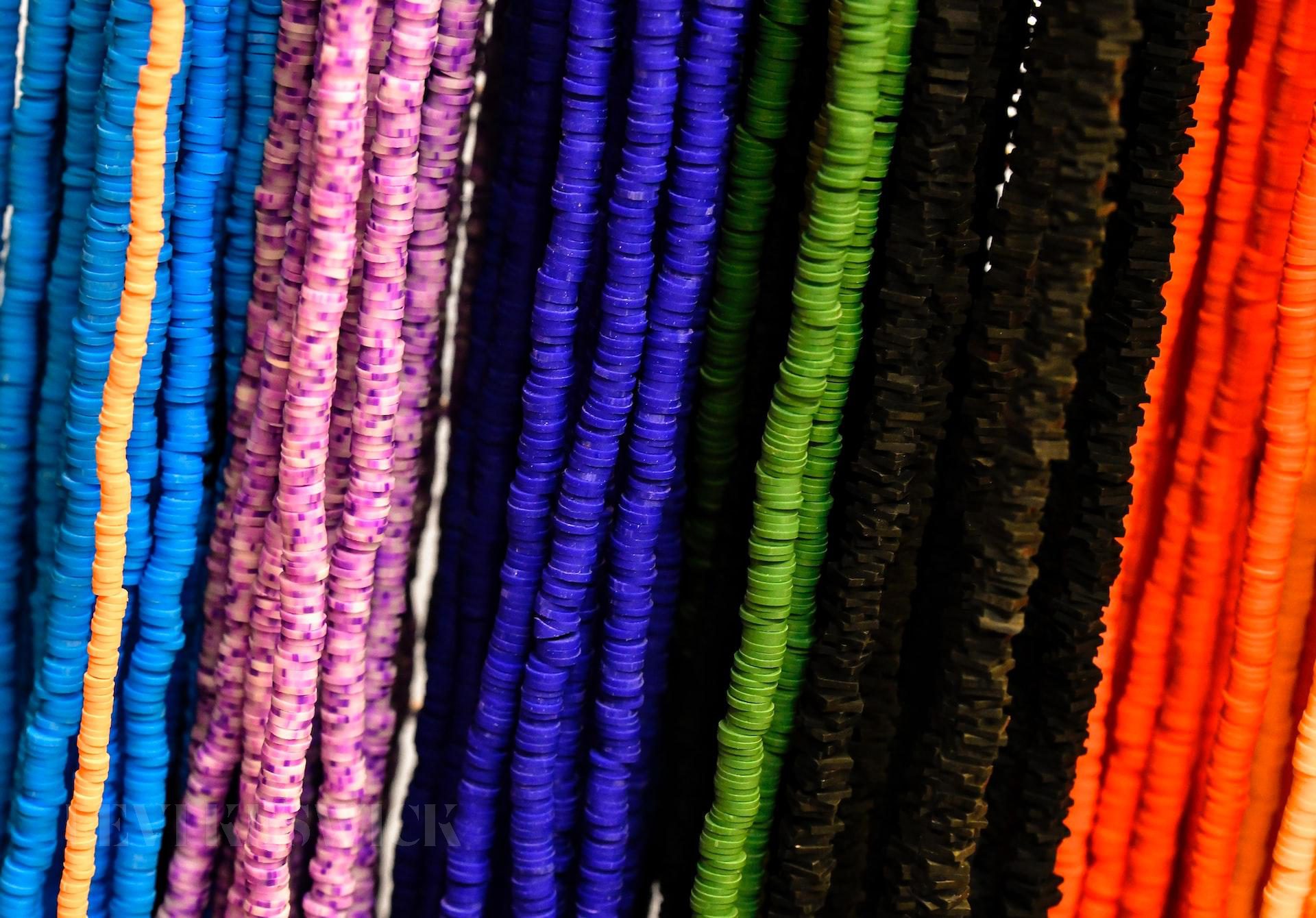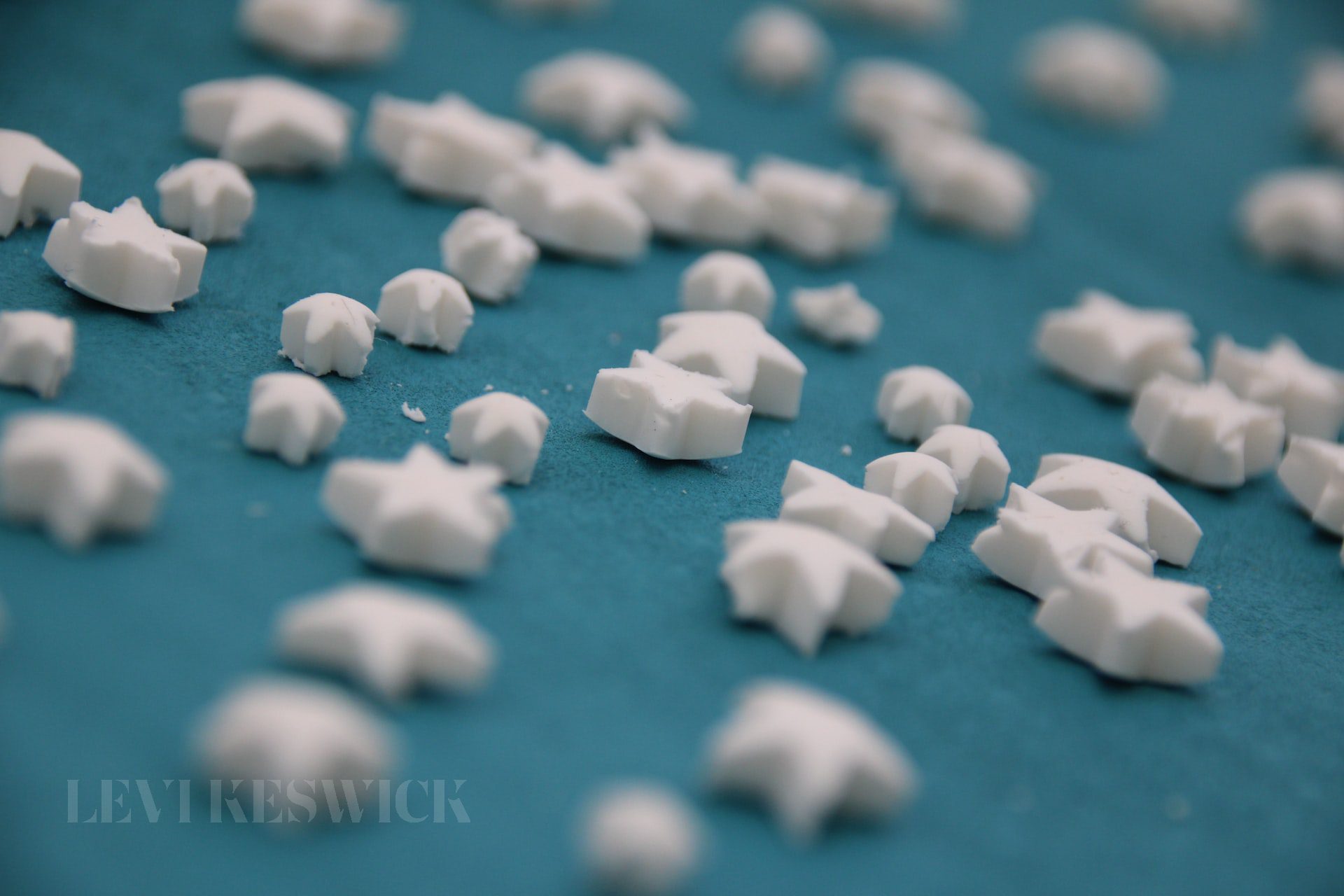Although the majority of people have never heard the term “polymer,” these substances are all around us every day. Macromolecules known as polymers have a wide range of structural, chemical, and physical properties. Numerous fields, including biophysics, medicine, electronics, and other branches of science and technology, can use them.
Polymers are one of the most significant materials utilized today because they are used in so many common goods like bags, clothing, and other daily used items. We’ll show you a few examples of their prevalence in our everyday lives.

Use in Medicine
Drug delivery and bioseparation issues are solved with smart polymers. In aqueous (water) solutions, they mimic biological systems and exhibit flexibility and amazing potential. In water, the majority of smart polymers are stimuli-responsive. For instance, linear polymers, which are 3D structures that swell but do not dissolve in water, are similar to hydrogels in that they also act in response to a stimulus. Due to the simplicity of volume changes in response to external stimuli, they aid in the bio-separation process.
In medical prosthetic applications such as heart valves, the cartilage that makes up artificial skin, blood arteries, urinary catheters, ureteral stents, and nanosystems for drug administration, both natural and synthetic polymers are used. Biodegradable polymers are becoming increasingly important in the world of medicine as a result of continual advances in the nano delivery of medications to their intended organ targets.
As the buildup of utilized materials causes toxicity, the biodegradability of materials used for nano-distribution is crucial in both treatment and imaging. The field of medicine is filled with examples of where this material is used, and with every passing year, scientists are looking for ways to improve our lives using it.
Reducing Costs in Various Industries
The hardness, flexibility, softening temperature, solubility in water, and biodegradability of the polymers created by chemists vary. They have created polymeric materials with a variety of properties, including some that are exceedingly strong, some that are corrosion-resistant, and many more. Pipelines for water, natural gas, and oil are now frequently built using plastic pipes.
In order to cut costs and make vehicles lighter, numerous businesses involved in the manufacture of vehicles have started to replace their heavy parts with plastic equivalents in recent years. Polymer chemistry serves as the foundation for a number of other businesses, including those that produce textiles, rubber, paper, and packaging materials, and many consult companies such as Mallard Creek Polymers to create different polymer items for their company. When they work with these types of companies they have to be certain that they worked with someone experienced so that they can get the best products possible.
Use in Clothing
You only need to glance around you to realize that you wouldn’t have any garments at all without polymers. The polymers used in clothing can be made from synthetics, proteins like silk and wool, or even plant-based materials. The majority of the polymers found in clothing all share one thing in common: they are fibers. Polymer-made clothing frequently outlasts conventional fabrics and is less likely to tear. Producing fabrics made of polymers can be less expensive than doing it with natural fibers like cotton or wool.
Polyester, nylon, and spandex are a few examples of polymers frequently seen in apparel. Swimwear, athletic clothing, and sportswear are frequently made from these fabrics. Polymer-based fabrics have many advantages, but there are also certain disadvantages to take into account. In hot temperatures, polymer materials may not be as breathable as natural fibers, making them difficult to wear. Additionally, they may be more challenging to recycle than natural fibers.
Silicones
High-performance silicone is an elastomer consisting of polymerized siloxanes. A wide range of characteristics and compositions may be achieved when synthesizing silicones. These characteristics include high-temperature performance, toughness, superior electrical insulating qualities, and various degrees of transparency. Silicone rubber is extensively utilized in a variety of fields, including aviation, automotive, construction, medicine, electrical, food processing, etc., because of its distinctive properties.
Silicones are frequently utilized in the medical industry for implants and medication delivery systems due to their non-toxic qualities. Modern exterior paints and varnishes can now withstand sunlight and pollution and last longer thanks to advancements in silicone technology.

Recycling Processes
The production of garbage is one of the issues facing modern civilization. Therefore, this objective has gained significance as a result of the increased use of polymers. This is taking into account how ineffective the methods of breakdown and material gathering are. On the other hand, biodegradable polymers can be useful in daily life.
It is great for businesses searching for solutions that improve environmental health, even if they cannot be recycled. This is only possible because these substances are non-polluting and do not require special disposal.
Food Contact Applications
Specialty polymers provide cost advantages at every level of production, particularly during the design stages. High-performance plastics are a popular choice among manufacturers that are looking for materials with enhanced design flexibility. Manufacturers benefit from specialized polymer design savings for a range of food contact applications.
A polymer-based design employs the least amount of material, which directly lowers the cost of raw materials for producers. Additionally, enhanced ergonomics and simplicity of use while moving and cleaning food contact items can give lighter products a higher impression of quality.
Sport Equipment
Sporting goods can be divided into apparel and footwear, protection gear, and games or event supplies, and frequently include a variety of polymer types. Polymers are used in almost every component of a contemporary trainer, from the top to the sole.
Polymers can be found in the laces and non-woven lining of a trainer’s upper. The fabric frequently contains nylon, and synthetic leather is likewise a polymer.
The introduction of new materials is prompted by the rapid increase in demand for manufactured goods. These new materials are polymers, and they definitely have an almost unfathomable influence on how we live today. Polymer-based paints, epoxy glue, fiberglass, nylon bearings, plastic bags, and coated cookware are just a few examples of products manufactured from polymers that are all around us.
The list practically never ends. Since the dawn of time, polymers have existed in the natural world, and today’s polymer business has grown more quickly than the combined sizes of steel, metal, and other industries.












